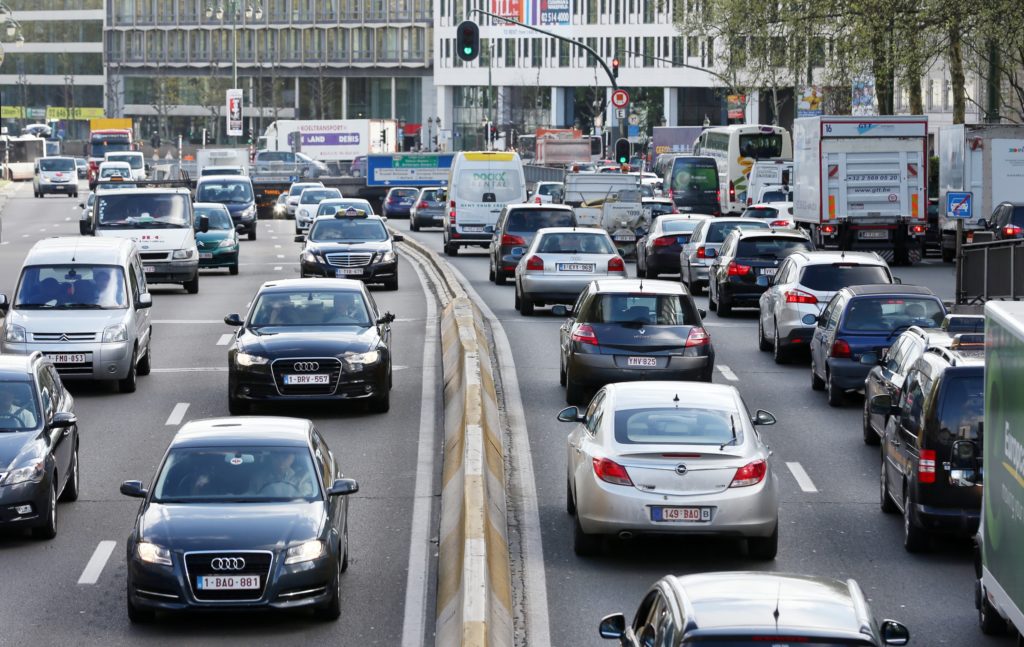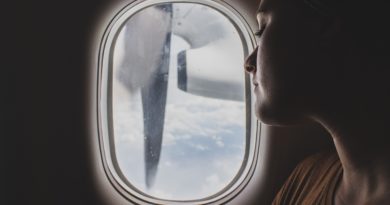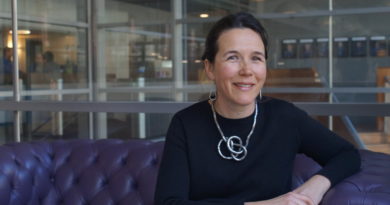If a neighborhood in Brussels is easily accessible it is often more polluted
According to a study by the VUB (Vrije Universiteit Brussel) on air pollution in Brussels, the accessibility of a neighborhood often leads to more polluted air.
Researchers took into account two key parameters for quality of life: accessibility and air quality. To measure the first variable, they looked at the average travel time of a resident who wants to meet another one by car or public transport, then the distance to his place of work, recreation centers, etc.
According to the results, the more accessible a neighborhood (well connected to the rest of the city) the more polluted the air becomes. This is especially the case for the areas located near the small belt and along the axes that connect the center and the periphery – such as Avenue Louise, Rue de la Loi, Avenue de Tervueren and Chaussée de Mons – but also for a part of the ring is. In the forested areas south of the capital, the situation is the opposite: neighborhoods are less accessible but benefit from better air quality.

However, exceptions exist. “Some neighborhoods enjoy a good connection and good air quality,” say the researchers, who take as examples the municipality of Saint-Gilles, north of Ixelles, south of Etterbeek and north from Molenbeek. In the north of the city, in Haren and Evere, or in the south (Lower Forest and Anderlecht), some places may, on the contrary, have poor accessibility and a high degree of air pollution.
According to the researchers, an integrated approach to environmental, mobility and urban planning policies is needed to achieve better air quality throughout the Region. They recommend, among other things, to invest in alternative means of mobility.



